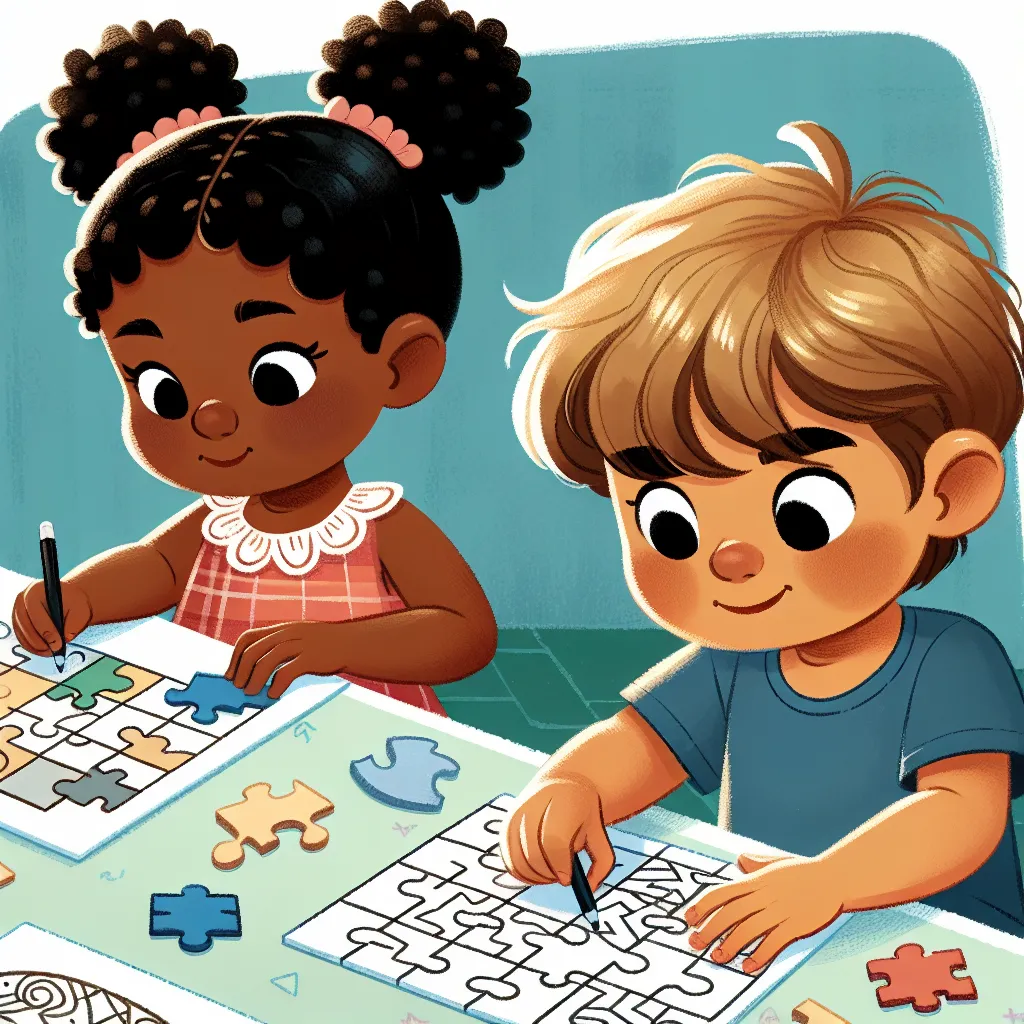Ask AI on The Internet
Question: Interpret what environment/life world, motor, socio-emotional and cognitive communicates about movement in children
1. Environment/Life World: This usually refers to the immediate surroundings and experiences of a child which play a crucial role in their movement development. A child who has access to open spaces, playgrounds, or even home environments that encourage physical activities, such as playing games or doing chores, will have more opportunities to develop their coordination, strength, balance, and overall movement skills. Indoor and outdoor play, exposure to varied landscapes, and different activities stimulate a child's natural curiosity and movement exploration. 2. Motor: In this context, motor refers to motor skills, which are motions the body makes where action and coordination of the muscles and the nervous system are required. Gross motor skills include running, jumping, and climbing, while fine motor skills include writing, buttoning a shirt, or picking up small objects. Regular physical activity improves and refines these skills in children and improves their control over their body movement. 3. Socio-emotional: This has to do with children's relationships and interactions with others and how these can influence their movements. For instance, children learn to coordinate their movements through social games, with peers, or when they imitate adults. Positive encouragement and social engagement also foster confidence and self-esteem, encouraging kids to explore and engage in a wider range of movements, sports, and physical games. 4. Cognitive: Cognitive development involves how children think, explore, and figure things out. It's the development of knowledge, skills, problem-solving, and dispositions, which helps children understand the world around them. Cognitive skills influence a child's movement as they begin to understand instructions, develop spatial awareness, and start applying strategic thought during play. This can also include motor planning - the ability to conceive, plan, and carry out a non-habitual motor task in the correct sequence. Together, these areas shape a child's understanding and ability to move within their world. A balanced approach considering all these aspects is necessary for children to develop robust motor skills and movement competencies.
A new large language model has been made available since this question was asked.
To generate an updated answer from the new model, click the button below.
Think your answer is better than the AI's? Post it below.
Other Most Relevant Posts:
 Ask AI: Interpret what environment/life world, motor, socio-emotional and cognitive communicates about movement
Ask AI: Interpret what environment/life world, motor, socio-emotional and cognitive communicates about movement
 1. Spatial Awareness: "Shape Scavenger Hunt" - Have children search for and mimic different shapes around the room, such as circles, triangles, and squares, to enhance their understanding of spatial r
1. Spatial Awareness: "Shape Scavenger Hunt" - Have children search for and mimic different shapes around the room, such as circles, triangles, and squares, to enhance their understanding of spatial r
 1. **Language and Mathematics Integration in a Movement Lesson**:
Example for Language Integration:
Title: "Math Moves: Language and Numeracy in Motion"
Description: Incorporate language and mathemat
1. **Language and Mathematics Integration in a Movement Lesson**:
Example for Language Integration:
Title: "Math Moves: Language and Numeracy in Motion"
Description: Incorporate language and mathemat
Question Tags
If you want your question answered by an AI, click here.




Post your own comment: